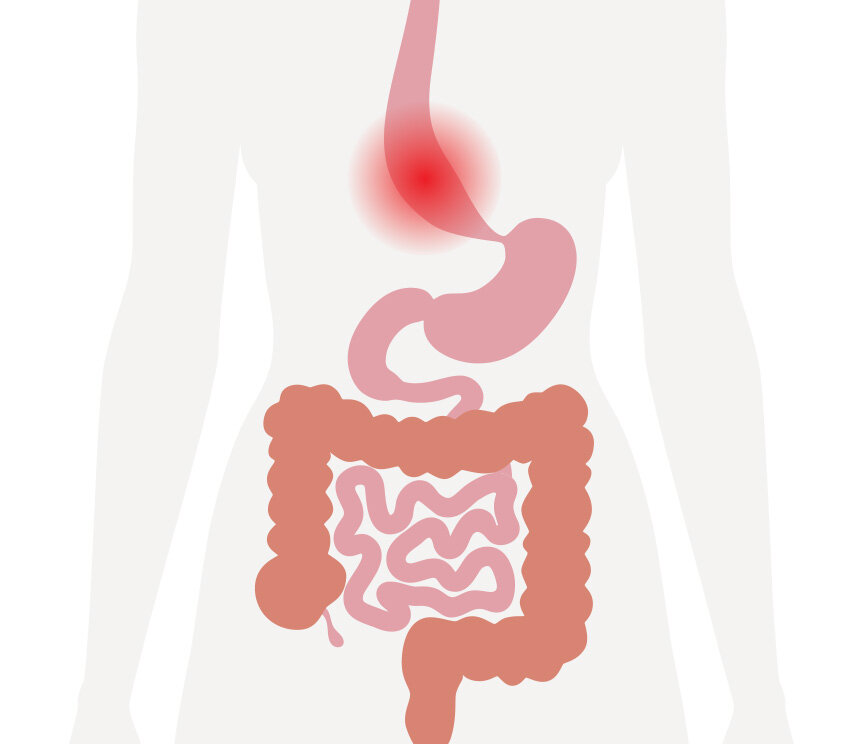Achalasia Treatment
What is achalasia?
Achalasia is a rare condition that affects the normal function of the lower oesophageal sphincter. It can often be overlooked or misdiagnosed as its symptoms are similar to other digestive disorders.
What causes achalasia?
The oesophageal sphincter is a muscle that relaxes to allow food to enter the stomach from the oesophagus. Achalasia causes the sphincter to lose proper function, so it does not relax properly. Achalasia can also affect the normal movement of food through the oesophagus and into the stomach (known as peristalsis). It develops as the result of nerve damage to the muscles of the oesophagus.
What are the symptoms of achalasia?
The symptoms of achalasia include:
Difficulty swallowing (Dysphagia)
Chest pain
Unexplained weight loss
Heartburn
Regurgitation or the backflow of food and liquid into the oesophagus
How can Achalasia be treated?
Non-surgical treatments of Achalasia
Achalasia can often be treated using non-surgical treatments first. Non-surgical treatments include:
Oral medications: to help relax the muscle of the lower oesophageal sphincter to help food pass into the stomach.
Botox injections: to relax the lower oesophageal sphincter, allowing food and liquid to pass into the stomach. This is an endoscopic procedure and injections are administered directly into the lower oesophageal sphincter every few months.
Manual dilation or widening of the oesophagus: using a balloon that is lowered through the oesophagus to stretch the muscle and widen the opening between the oesophagus and the stomach.
Changes in diet or eating habits: certain foods pass more easily to the stomach than others so changes to diet and eating habits may help relieve the symptoms of achalasia.
Surgical Treatments of Achalasia
Laparoscopic cardiomyotomy: keyhole surgery to treat achalasia, which is usually associated with less pain, less scarring and a faster return to normal activities than open surgery.
Peroral endoscopic myotomy (POEM): the endoscopic equivalent of surgical cardiomyotomy and a newer technique for the management of achalasia. There are no skin incisions at all as the entire procedure is performed internally and so even less pain and quicker recover
Laparoscopic cardiomyotomy
In a laparoscopic cardiomyotomy, keyhole incisions are made to the abdomen. Dr Ghadiri then uses laparoscopic instruments to cut the muscle at the lower end of the oesophageal sphincter to allow food to pass more easily into the stomach.
To avoid future problems with GORD, a procedure known as fundoplication might be performed at the same time.
Peroral endoscopic myotomy (POEM)
In the POEM procedure, an endoscope is inserted through your mouth and down your throat to create an incision in the inside lining of your oesophagus. The muscle at the lower end of the oesophageal sphincter is then cut to allow food to pass more easily into the stomach. This avoids the need for any surgical incisions and is a relatively pain free procedure.
Dr Ghadiri has trained in both laparoscopic and endoscopic technique to treat achalasia.
What is the recovery like after achalasia treatment?
Both types of surgical or endoscopic treatment for achalasia are performed under general anaesthetic. You can expect to go home after one to two nights in hospital after either technique. The recovery from POEM is faster as there are no incisions to heal and patients return to normal activity within days. After laparoscopic surgery this may take up to one week. Regardless of technique patients are on a liquid diet for a couple of weeks and are then gradually upgraded to a normal diet within the next four week.

